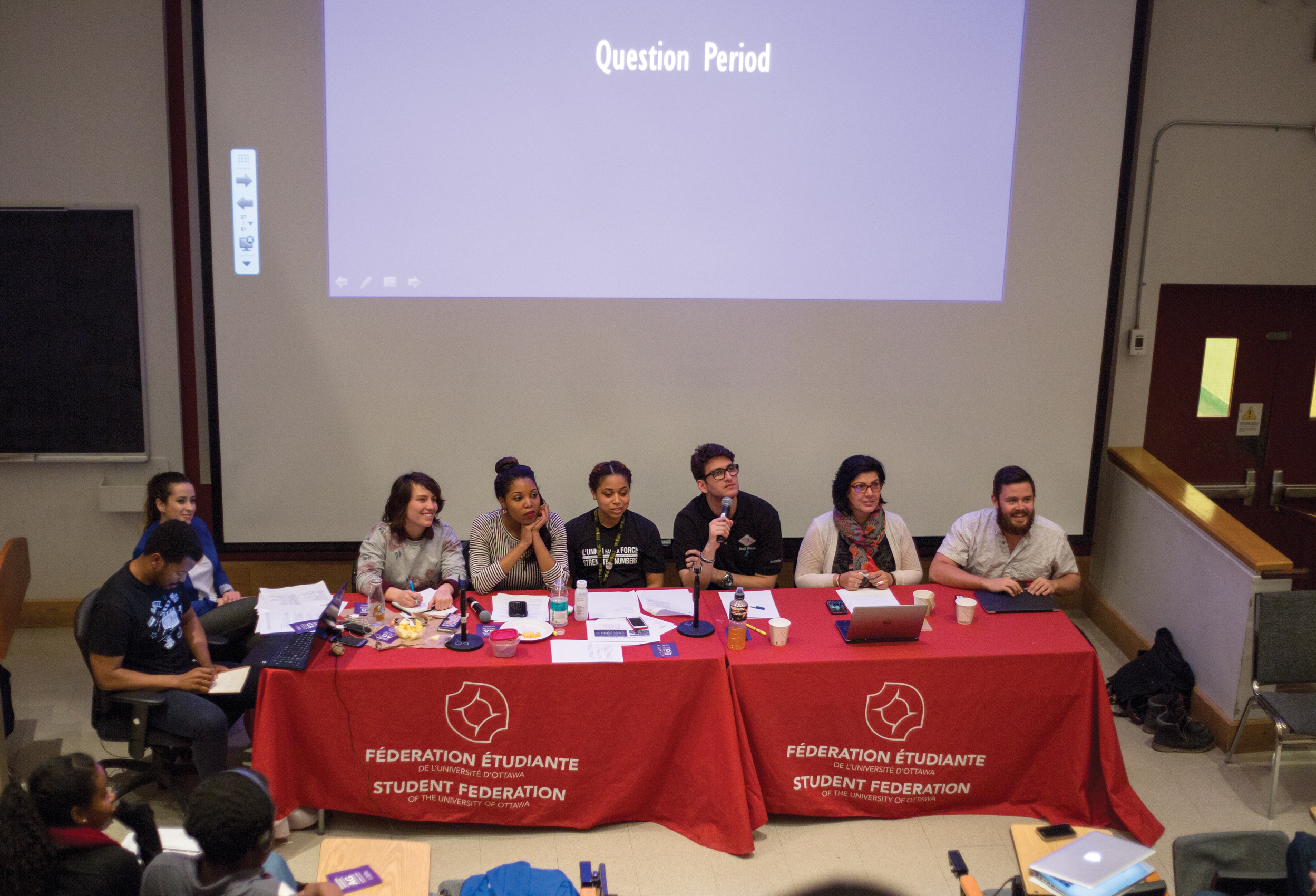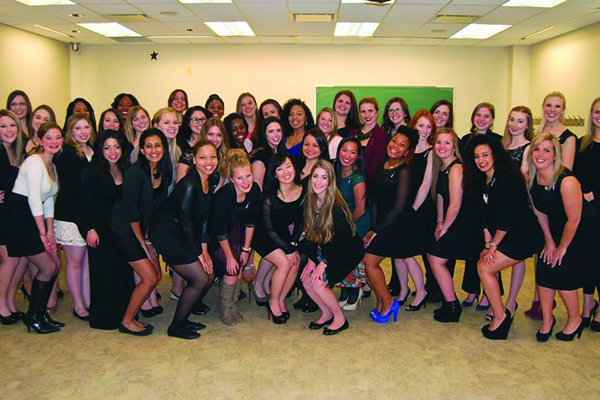Tools like General Assemblies can harness participation into results for students
At the most recent Board of Administration (BOA) meeting, SFUO executives announced that they were already starting to work with a committee to prepare for the next General Assembly.
The Student Federation of the University of Ottawa (SFUO)’s relationship with the student body has been, to put it lightly, tested in recent years. But to really make life better for students, the two sides need to work together.
In this light, events like General Assemblies (GAs) are the perfect way to do it, since they allow students to share perspectives and vote on resolutions.
Of course, the SFUO has had trouble meeting quorum at these events in the past, which has resulted in students pointing fingers at the student executive for a poor promotion campaign. In turn, student representatives blame the students for apathetic behaviour.
This recurring conflict arises because neither side is able to see the full picture—the real culprit is not the “apathetic” students or the “incompetent” SFUO, but rather the Canadian government and university administration.
Starting in the late 1960s, federal and provincial governments began to withdraw their education funding, forcing tuition fees to increase. To compensate, universities became more corporatized, with administrators looking out for profits as opposed to the needs of students.
In most of Canada, student engagement levels have dropped—they fell to 7.82 per cent at the U of O’s most recent SFUO election—and tuition hikes have become a commonly accepted norm. On March 13, 1980, over 500 U of O students went to a GA to protest a tuition increase. Fast forward to the present, and the past 4 GAs have failed to meet quorum.
If change is to take place on campus, the SFUO cannot do it alone—it has to be in collaboration between federated bodies, clubs, and all facets of our campus, including students at large.
It’s also wrong for student representatives to blame students for not making quorum at GAs, since student culture has been so damaged in the past half-century that “laissez-faire student engagement,” the idea that students will organize themselves when the need arises, cannot be depended upon to bring turnout.
Instead, a new approach has to be used, with the SFUO placing considerable effort into engaging students and jumpstarting an injured student culture back from life support.
Such a new approach would involve campus-wide promotion including social media, on-campus posters, and video content that not only inspires students to participate in GAs, but in campus politics as a whole.
It would be a battle continually fought to create a culture of participation, and restore the belief that students should get involved to help their present and future compatriots receive a better quality education.
Justin Patrick is participating in the SFUO’s current GA committee as a student.





